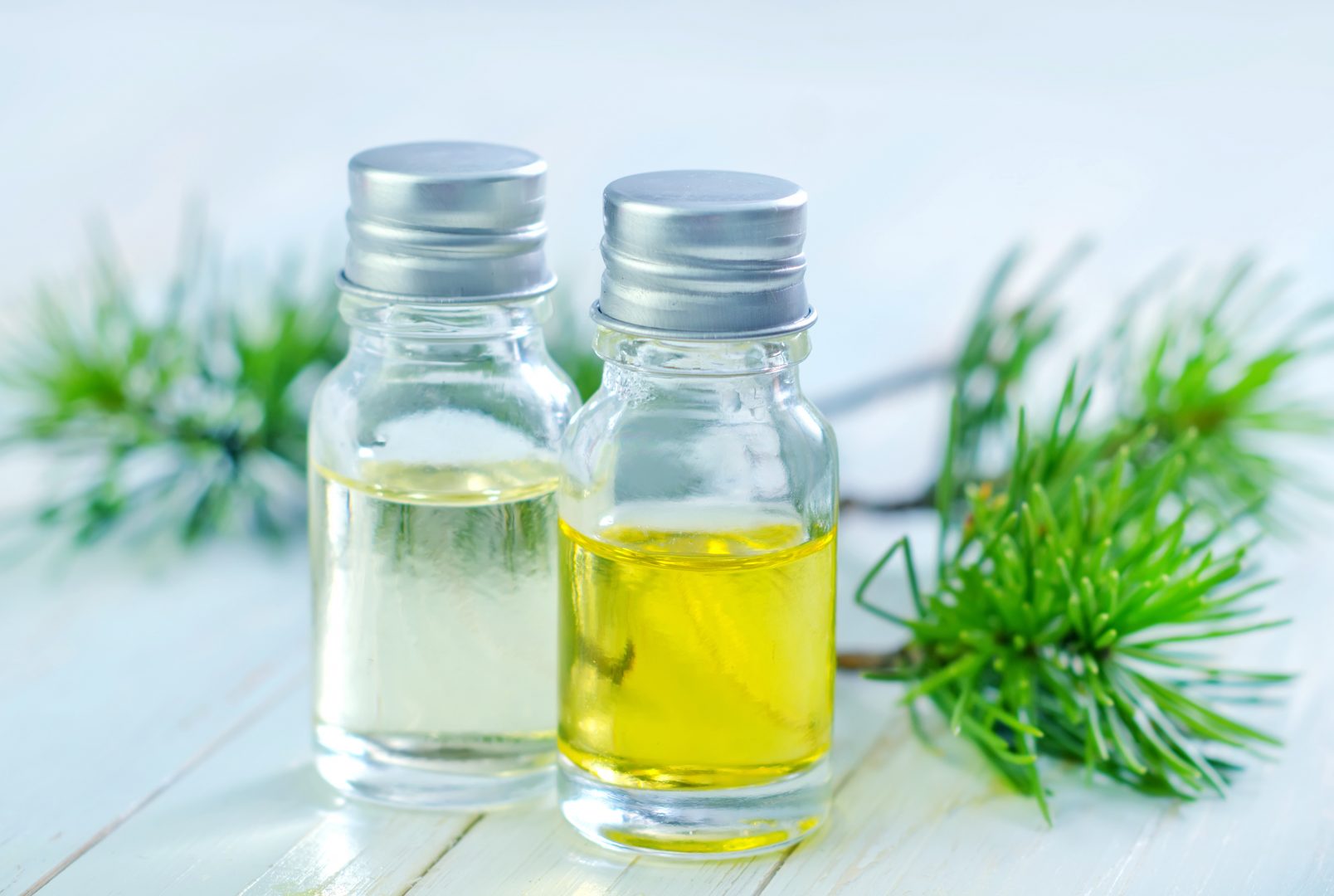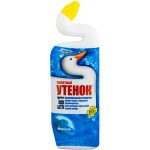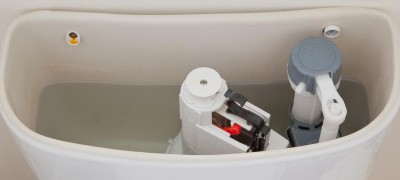Clothes smells damp - how to get rid
Typically, the appearance of a moldy odor is associated with a lack of ventilation and dampness. Unpleasant aromas of mustiness come from clothes that have been hanging for a long time in a closet with high humidity or not removed from the washing machine in time after washing.

Let's figure out how to get rid of the mold smell, by what means and ways it is better to do it.
Folk remedies
You can get rid of the musty smell not only with the help of expensive household chemicals purchased in the store. Many time-tested folk remedies that cost a few pennies effectively cope with the problem.

Soda and common table salt, fermented milk products and ascorbic acid, onions and even clay, ground coffee, borax and starch successfully remove odors and eliminate the causes of their occurrence. Let's talk about these tools in more detail.
Salt
This recipe will work for most fabrics, including cottons and delicate linens.

Algorithm of actions:
- We put a saucepan with a liter of water on the stove.
- We make a solution: add a couple of tablespoons of table salt and a few drops of ammonia to the water.
- Stir until the mixture in the saucepan is smooth.
- Bring to a boil and simmer for about half an hour.
- We dip a section of the wardrobe item covered with mold into the resulting brew and keep it in water for 10-15 minutes.
- We take out, carefully three. Coarser textiles can be rubbed with a brush rather than by hand.
- We rinse the clothes. Dry. Everything!
Note! Wardrobe items made from some synthetic nonwovens are highly undesirable to immerse in boiling water. Check the labels of the clothes, they should indicate the washing conditions. If, for example, the manufacturer has specified a maximum temperature of 40 ° C or 60 ° C, it is best to try to remove the mold in other ways.

Another way is salt plus lemon. A fairly effective remedy against fungal spores. The technology is even simpler: drip freshly squeezed lemon juice on the mold spots, sprinkle with ordinary table salt, hang to dry, wash after a while. It is advisable to dry outside the apartment, in the fresh air, or indoors, but with open windows.
Soda
The answer to the question of how to get rid of moldy smell on clothes can be regular baking soda. There are two ways - dry and wet. First: sprinkle soda on the damaged areas, wash after a while.

The second way is more efficient:
- Pour some baking soda into a plate.
- Add a few drops of water.
- Mix the resulting mixture to a liquid slurry.
- Apply the solution to areas of clothing damaged by mold.
- Soak for 50-60 minutes.
- Wash. Dry.
Vitamin C
To stop a wardrobe item from smelling musty, you can use ascorbic or acetylsalicylic acid. This method is suitable for all materials that are not afraid of high acidity. Optimal for light-colored fabrics. Dark and colored ones are best treated with soda, starch or ground coffee.

Algorithm of actions:
- 2 "ascorbic acid" or 3 tablets of acetylsalicylic acid are dissolved in 50 g of vodka or grape alcohol.
- The solution is applied to areas of clothing damaged by pathogenic microflora.
- After drying, wash to wash off acid and spore residues.
- Dry clothes outdoors.

Potato starch
Another natural preparation is starch. You can take potato, but corn is also suitable. Both help.

The algorithm is slightly different from the others:
- Treat stains.
- Soak for 50-60 minutes.
- Cover the treated area with a four-fold piece of cotton or gauze.
- Iron with a hot iron.
- Wash in warm water with detergent powder.
- Dry.
Note! This method is commonly used to combat mildew on dark and colored clothing. Unaesthetic stains may remain on light-colored fabrics even after washing.

Ground coffee
A good option for dark colored materials is ground coffee. As unexpected as it may sound, coffee grounds are suitable not only for fortune telling. It is also suitable for removing various contaminants, including pathogenic microflora with its irritating aromas.

Procedure:
- Apply the thickening compound to the contaminated areas.
- Wait until completely dry. This can take hours.
- Clean with a clothes brush, wash and dry.
Clay
Not all are suitable, only white cosmetic. And complete with turpentine.

The algorithm is somewhat more complicated than most of the others:
- Damaged areas are slightly moistened with turpentine.
- Spread cosmetic clay on top of the stain.
- The fabric is ironed with a hot iron through a gauze folded in four for a couple of minutes.
- Washable, air dry.
- Ironing through a suitable cloth or gauze, but this time from both sides.

Bura
Borax is suitable for getting rid of mustiness and mold from light-colored fabrics. Borax dissolves in a mixture of lemon juice, low-fat milk, and vinegar. The proportion is 1: 1: 1: 1. The solution is thoroughly mixed and applied to areas damaged by spores.

Clothes are tightly covered with cling film for half an hour to minimize evaporation of vapors. The ending of the algorithm is typical - stretch and dry in the fresh air.
Onion
How to get rid of the damp smell on light-colored clothes? We need two small onions and freshly squeezed juice from two lemons. The onion is chopped to a gruel state and mixed with lemon juice. The resulting mixture is used to process moldy areas of clothing.

As in the case of brown, the fabric is covered with a film and left for 30-40 minutes. The ending of the algorithm is slightly different: it stretches, but with a larger dose of powder and bleach than usual.
Sour milk
The method is typical, with the exception of the key component - fermented milk products. Pour in "sour milk", stand for 30-40 minutes, wash as usual in a washing machine, dry. Everything!

Household chemicals
With household chemicals, maximum care is required. Many foods work well with musty and mildew, but most are either not suitable for certain fabrics or not suitable for all fabrics.

If for some rough materials even toilet cleaners like "Dosi", "Toilet Duck" or "Domestos" are quite suitable, then for others such chemicals can be more terrible than mold itself.
Read the instructions for the products carefully, taking into account the material of the garment.
For colored and dark wardrobe items, do not contain chlorine compounds "Bose", "OxyCrystal" and "Persol" and a number of others. For light-colored fabrics, bleaches "Perox", "Whiteness" and their analogues are recommended.

The damaged areas are soaked with a solution of bleach in water for 50-60 minutes. If there are stains, the product can be boiled for an additional 10-15 minutes. Then wash and dry.

Washing cotton, coarse calico and linen from odor
Colored cotton and linen items are sprinkled with crushed chalk, and then ironed through a gauze or cloth folded several times. After that, the clothes are cleaned, washed, dried in the fresh air.

Light-colored wardrobe items made from delicate fabrics are processed in two stages. General algorithm:
- A warm soapy solution is being prepared (grated laundry soap + water + a little washing powder).
- Damaged places on clothes are rubbed with laundry soap.
- The areas affected by mold are immersed in the previously prepared solution for 20-30 minutes.
- Stretch.
- Second stage: bleaching with peroxide (about a tablespoon per liter of water).
- Soak in solution for a quarter of an hour.
- Rinse again, lightly wash, dry.

Be extra careful when choosing an anti-musty and mildew remedy! Be sure to take into account the type of material and the recommendations of the manufacturers of household chemicals. Otherwise, you can get rid of pathogenic microflora, but get an indelible stain from the cleaning product in return.

Video: folk recipes if clothes smell like stale









